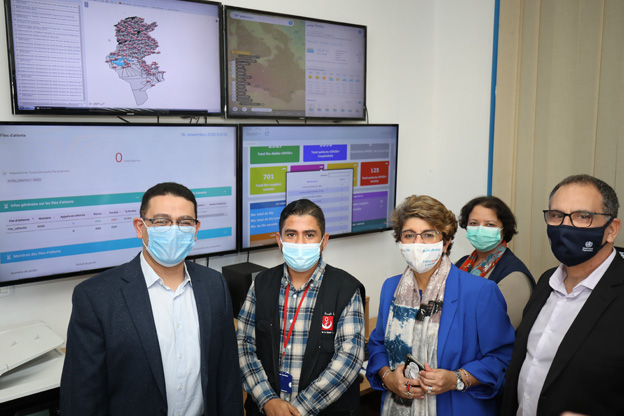1 / 7

In Pakistan, WHO and the Health Services Academy visited Rawalpindi to monitor the second round of a COVID-19 seroprevalence survey to better understand this new disease.
2 / 7

In Iraq, with the support of WHO and Germany, a COVID-19 prevention awareness-raising campaign was conducted on the importance of mask-wearing, hand hygiene and social distancing.
3 / 7

In Syrian Arab Republic, WHO and UNICEF conducted a 20-day awareness campaign in Homs and Hama governorates on COVID-19 preventive measures, with special attention to mental health and psychosocial support for children affected by humanitarian emergencies.
4 / 7

In Jordan, with funds from the EU Trust Fund Health Emergency Project, WHO provided the Ministry of Health with the COBAS 6800 fully-automated system that can perform around 1300 COVID-19 PCR tests in 24-hours, enhancing the testing capacity of central laboratories.
5 / 7

In the Gaza Strip, with the support of Kuwait, WHO distributed five ventilators, and with the support of UK Aid, 70 000 swabs, to local health authorities to help maintain Gaza’s capacity to detect and manage COVID-19 cases.
6 / 7

In Tunisia, WHO experts conducted a 6-day mission to assess the situation and made recommendations on ensuring the continuity of medical services during the pandemic.
7 / 7

In Sudan, WHO and UNICEF worked with the Federal Ministry of Health to reach people living in hard-to-reach areas to deliver polio vaccine to 8.6 million children during a polio outbreak response campaign.




